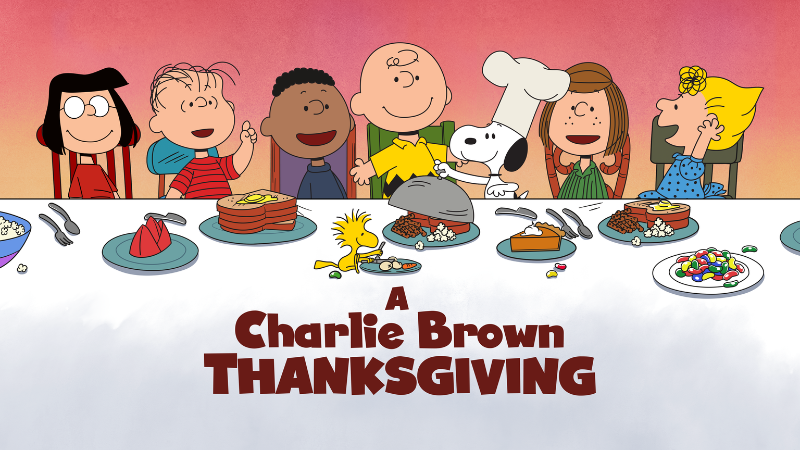The Rich History of Thanksgiving in America: From Plymouth Rock to Present Day
The story of Thanksgiving is woven deeply into the fabric of American history, evolving from a harvest celebration in colonial times to one of the nation’s most cherished holidays. Let’s explore this remarkable journey through time, separating historical fact from popular myth, and discovering how Thanksgiving became the celebration we know today.
The First Thanksgiving: Separating Fact from Fiction
In the autumn of 1621, a celebration that would later be known as the “First Thanksgiving” took place in Plymouth Colony. However, the real story differs significantly from the elementary school pageant version many Americans know.
The Pilgrims, who called themselves “Saints” or “Separatists” (the term “Pilgrim” wasn’t commonly used until the 1800s), weren’t actually the first Europeans to hold thanksgiving celebrations in North America. Spanish settlers and other English colonists had previously held similar ceremonies. However, the Plymouth celebration became the most historically significant.
According to primary sources, particularly Edward Winslow’s firsthand account in “Mourt’s Relation” and William Bradford’s journal “Of Plymouth Plantation,” the first Thanksgiving lasted three days and occurred between late September and early November 1621. The exact date isn’t recorded.
The Participants
The celebration included approximately:
- 53 Pilgrims (all who survived the first year)
- 90 Native Americans from the Wampanoag tribe, including their leader Massasoit
Contrary to popular belief, the Wampanoag weren’t formally invited. They arrived after hearing celebratory gunfire from the colony, likely concerned about potential conflict. Their arrival turned the celebration into a larger diplomatic event.
The Historical Menu
The First Thanksgiving menu would be largely unrecognizable to modern Americans. According to historical records, it included:
- Venison (provided by the Wampanoag)
- Wild fowl (likely ducks and geese)
- Fish and shellfish
- Native vegetables
- Corn (in grain form, not on the cob)
Notably absent were:
- Turkey (though wild turkey was available, it wasn’t documented)
- Cranberry sauce (sugar was a luxury)
- Potatoes (not yet introduced to North America)
- Pumpkin pie (no ovens or wheat flour available)
The Path to a National Holiday
Thanksgiving’s journey to becoming a national holiday spans more than two centuries. Here are the key milestones:
Colonial Period (1621-1789)
- Various colonies held their own thanksgiving celebrations
- No fixed date or standardized celebration
- Usually religious in nature
Early Republic (1789-1863)
- George Washington issued the first presidential thanksgiving proclamation in 1789
- State governors typically proclaimed thanksgiving days
- Sarah Josepha Hale began campaigning for a national holiday in 1827
Lincoln’s Proclamation (1863)
In a pivotal moment, President Abraham Lincoln officially proclaimed Thanksgiving as a national holiday, setting it on the last Thursday of November. This decision came during the Civil War, intended partly to foster unity and gratitude during difficult times.
Roosevelt’s Adjustment (1939-1941)
Franklin D. Roosevelt briefly moved Thanksgiving to the third Thursday of November to extend the Christmas shopping season and boost the economy during the Great Depression. This controversial change, nicknamed “Franksgiving,” was formally ended when Congress passed a law in 1941 permanently establishing Thanksgiving as the fourth Thursday in November.
Evolution of Modern Traditions
Today’s Thanksgiving traditions emerged gradually over time:
The Turkey
- Became the centerpiece of Thanksgiving dinner during the 19th century
- By the 1920s, turkey was firmly established as the traditional main course
- Presidential turkey pardoning became an official tradition under George H.W. Bush in 1989
The Parade
- Macy’s Thanksgiving Day Parade began in 1924
- First balloon (Felix the Cat) appeared in 1927
- Television broadcasts started in 1948
Football
- First Thanksgiving NFL game was played in 1934 (Detroit Lions vs. Chicago Bears)
- Detroit Lions have played every Thanksgiving since (except during World War II)
- Dallas Cowboys began their Thanksgiving tradition in 1966
Cultural Impact and Modern Significance
Today, Thanksgiving has evolved beyond its historical roots to become:
- The busiest travel period of the year in the United States
- A time for family reunions and gatherings
- The unofficial start of the holiday shopping season
- An opportunity for charitable giving and community service
- A moment for national reflection and gratitude
Contemporary Perspectives
It’s important to note that perspectives on Thanksgiving vary significantly. While many Americans celebrate it as a time of gratitude and family gathering, others, particularly Native Americans, may view it differently. The National Day of Mourning, observed on Thanksgiving Day since 1970, provides a counterpoint to traditional celebrations, reminding us of the complex history between European settlers and Native Americans.
Conclusion
The history of Thanksgiving reflects the broader American story – complex, evolving, and open to multiple interpretations. From its origins as a harvest celebration to its current status as a national holiday, Thanksgiving continues to adapt while maintaining its core theme of gratitude. As we celebrate today, we can appreciate both the traditional aspects of the holiday and its ability to take on new meanings for different generations of Americans.
Whether gathering with family, volunteering in communities, or simply taking time for reflection, Thanksgiving remains a powerful reminder of our shared history and the ongoing importance of gratitude in American life.
















